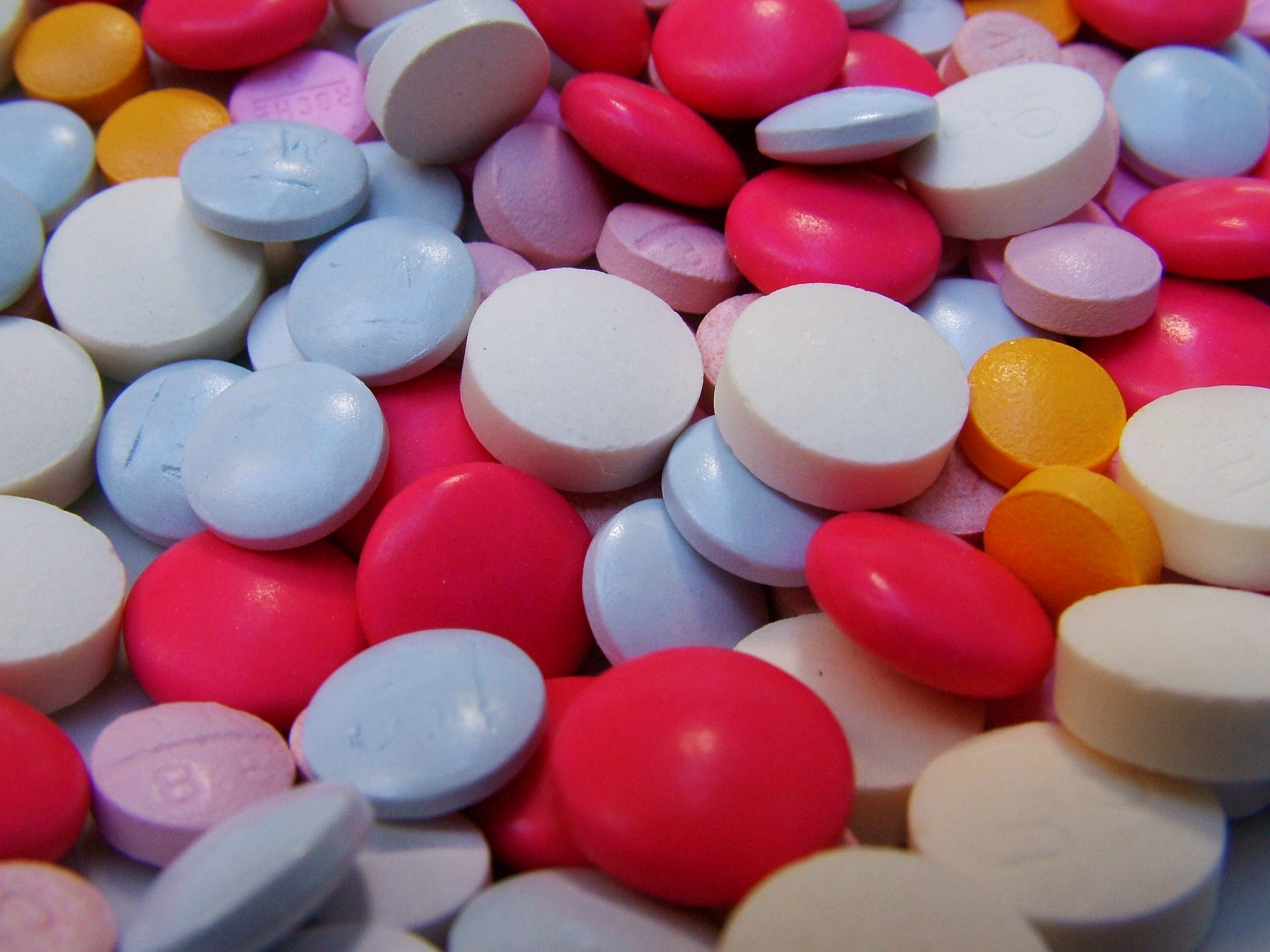Our dedication lies not just in treating symptoms but in addressing the root causes, offering a holistic approach that integrates the best of therapeutic practices with the warmth of community support.
The Truth About Rainbow Fentanyl

While fentanyl is a term that has become more prevalent lately, there is so much to unpack when it comes to understanding the potential risks and dangers associated with this substance. According to the Drug Enforcement Agency, or DEA, fentanyl remains the most deadly drug across the United States. Fifty times more potent than heroin and one hundred times more potent than morphine, fentanyl is in a class of drugs known as synthetic opioids. If you or someone you know is struggling with fentanyl addiction, it’s important to know that help is available. When you refer them to an outpatient drug treatment center in Washington, DC or the surrounding area, like Encore Outpatient Services, they will receive the utmost care and attention necessary to get back on the right track.
There is no underestimating or getting around the severity of the opioid epidemic in this country. In a recent Legal Memorandum covering the opioid crisis in-depth, it was stated that “the overdose crisis in the United States claims more lives each year than firearms, suicide, homicide, or motor vehicle crashes. More people than even AIDS killed during its worst years”.
You may be wondering though, what is fentanyl exactly and what the differences are between ordinary fentanyl and this newer form called, ‘rainbow fentanyl’? In this blog post, we will provide an in-depth overview of rainbow fentanyl, including how it’s produced, the potential risks for users and how outpatient drug treatment centers can be beneficial to you.
Differences Between Fentanyl and Rainbow Fentanyl
While fentanyl has become more prevalent in recent years due to various factors, it was first created in 1959 to be a powerful anesthetic and analgesic. In In 1972 fentanyl was approved by the FDA as a Schedule II controlled substance. Given that fentanyl is a synthetic opioid, as opposed to a naturally occurring substance, its strength and potency has severely damaging effects that have been linked to thousands of overdoses in recent years.
Now, there is a new form of fentanyl called “rainbow fentanyl” that is becoming increasingly popular on the black market. With this recent rise in popularity, comes the need for our community to be aware of the options for dependable outpatient drug treatment centers that are available in the Washington DC area, like Encore Outpatient Services.
Rainbow fentanyl is a synthetic opioid that is created by combining multiple forms of fentanyl with other drugs, as well as food coloring or dyes. It typically appears in crystal form and can come in a variety of colors, hence its name “rainbow fentanyl”. Although rainbow fentanyl may look like candy or have a pleasant smell, it is incredibly potent and dangerous. In fact, the potency of rainbow fentanyl can be up to 18 times more powerful than heroin.
While there are many similarities between regular fentanyl and rainbow fentanyl, the main difference lies in the demographic that is being targeted for its use. Due to the bright and wide array of colors of rainbow fentanyl, there is concern that it will attract younger generations, including teens or children. Especially in pill form, this drug can be easily confused for sweet tarts or other types of colorful candy. When drugs are created to look a certain way, they can trick the mind into believing that the effects will not be as severe. This is where the problem comes in.
How Is Rainbow Fentanyl Produced?
There are two different avenues that contribute to the production and distribution of fentanyl: the legal, pharmaceutical route and the illicit, black market route. Fentanyl is not a typical medication that is prescribed and available for pick up at your local pharmacy. Therefore, fentanyl is commonly found and produced through highly illegal means. Typically, fentanyl is distributed to drug dealers or through the black market in powder form. For this reason, it makes it easier for drug dealers to ‘step on’ this drug by combining it with any other form of drug that also has a powder consistency. This is how rainbow fentanyl was born.
Rainbow fentanyl is created by mixing multiple forms of regular fentanyl with other highly potent synthetic drugs such as U-47700 or “Pink” and carfentanil or “Grey Death”. Additionally, food coloring or dyes are often added to create the multicolored appearance that gives this drug its name. This manufacturing process creates a highly toxic substance that can easily lead to overdose or death if used.
The Dangers of Rainbow Fentanyl
The main risk posed by rainbow fentanyl use is overdose or death due to its extreme potency. The combination of multiple drugs makes it difficult for users to gauge their dosage accurately and puts them at higher risk for overdose than when using other opioids alone. Moreover, because rainbow fentanyl often contains carfentanil, even small amounts can prove fatal. For these reasons, it is best to avoid anything that even comes close to resembling fentanyl or rainbow fentanyl.
At Encore Outpatient Services, We Can Help You Recognize the Signs of Substance Abuse
Both fentanyl and rainbow fentanyl pose serious health risks due to their extreme potency and potential for accidental overdose or death. People should avoid using fentanyl altogether unless it is prescribed by a doctor under strictly controlled conditions; even then, great care must be taken when administering it due to its strength and volatility.
At Encore Outpatient Services, our highly trained professionals have all the necessary information about the risks associated with fentanyl, rainbow fentanyl and other substances. Our team can recognize the signs of abuse among our patients, and we are here to help you take appropriate action if necessary. We are here when you need it most. When you need an outpatient drug treatment center in the Washington, DC and surrounding area, our team is here to provide you with the necessary services and support to get you back on your feet. By understanding the truth about this and other powerful drugs, we can help protect those most vulnerable from unnecessarily dangerous situations.
Contact us today to speak with one of our outpatient drug treatment center specialists, we are ready to help.
Let Us Support You On Your Recovery Journey!
Copyright 2025 Encore Outpatient Services | All Rights Reserved



